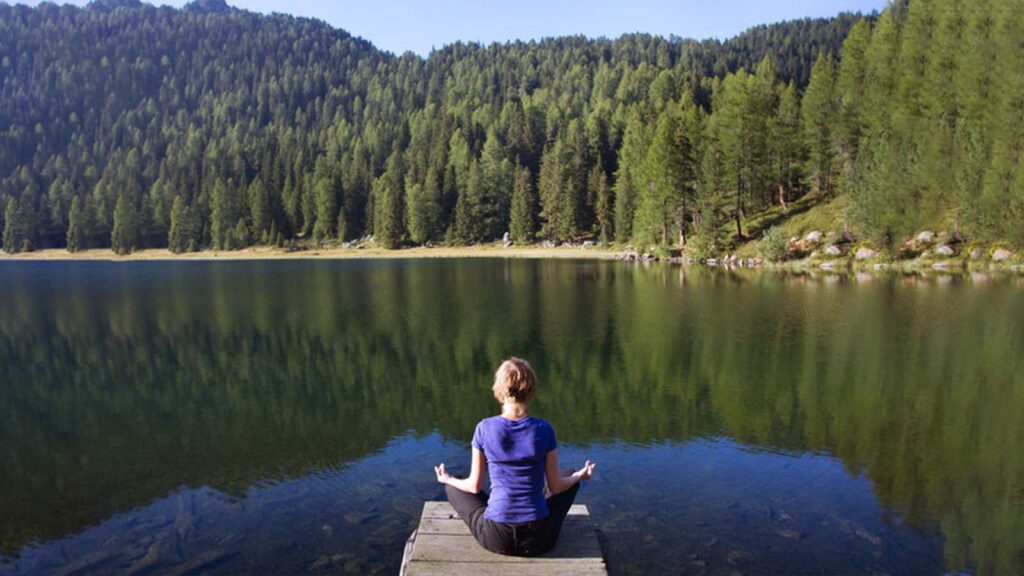I’m sure you’ve noticed that your physical and mental condition can influence your breath and vice versa. For example, when we are angry and stressed, our breath becomes shorter, while deep breathing has a relaxing and positive influence on the body and mind. So here are a few tips to help you use your breath to your benefit.
- At first, just become aware of the breath.
If you’re new to asanas, don’t worry too much about how you’re breathing—you have enough to do following instructions for the asanas. But as the poses become more familiar, become aware of how you’re breathing. Gradually lengthen and deepen the breath and notice how that makes you feel in the pose. - Monitor your body and mind as you practice.
If you’re practicing specific breathing techniques, be aware of the effects they are having on your mind as well as on your body. Stay relaxed both physically and mentally while practicing these breathing exercises. Stop if you experience any negative physical or mental effects. - Don’t overdo it.
Your lungs are made of delicate tissue, so treat them gently. If you’re overanxious or trying too hard, you may rush or strain your breath, which can undermine rather than improve your health. You should never feel short of breath. If you do, or if you are rushing or forcing your exhalation, it means you are taking too long to inhale and exhale and should lessen your intake of air. Inhale only as much as you can comfortably exhale without rushing the exhalation. Then gradually, as it feels comfortable, you can increase the amount of air you inhale and exhale. - Keep your back straight during your breathing practice.
Sitting with your back straight gives your lungs room to expand. If you find it hard to sit up straight, sit on the edge of a firm cushion or sit against a wall. You can even sit on a chair. Keep your shoulders relaxed, moving back and down (unless the technique requires you to lift your shoulders). You can do some yoga breathing lying down. This is especially helpful when you are learning the basics of Abdominal Breathing or Complete Yoga Breathing as it lets you focus all your attention on the breath rather than on how you are sitting. - A few “don’ts.”
- Don’t practice yoga breathing when the air is polluted. Choose a time of day when the air is cleanest, or practice indoors with an air purifier.
- Don’t smoke. Smoking will undo whatever positive benefits you gain through correct yoga breathing. The effects of smoking and the effects of yoga breathing are exactly the opposite.
- Don’t practice breathing exercises when you are fatigued. When you feel that you can no longer maintain the rhythm of your breathing, it usually means that your body is fatigued. This is a sign that you should stop your practice immediately.



